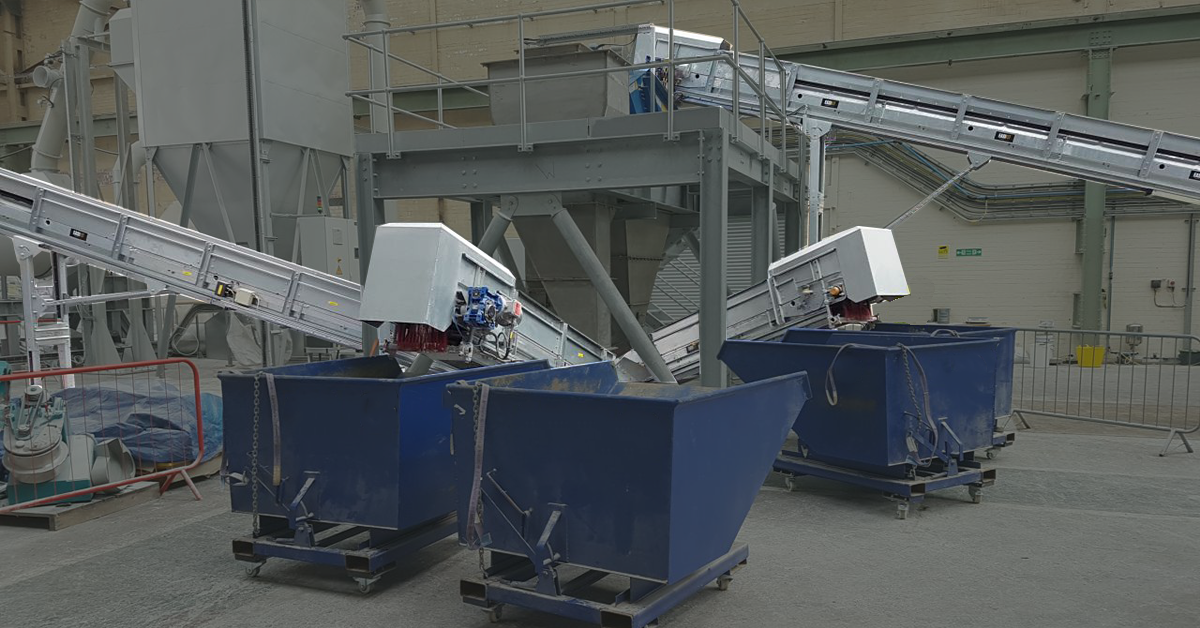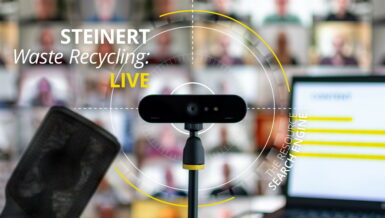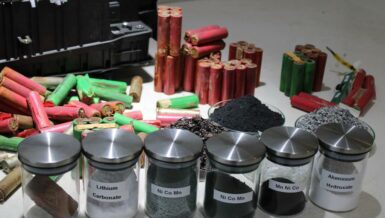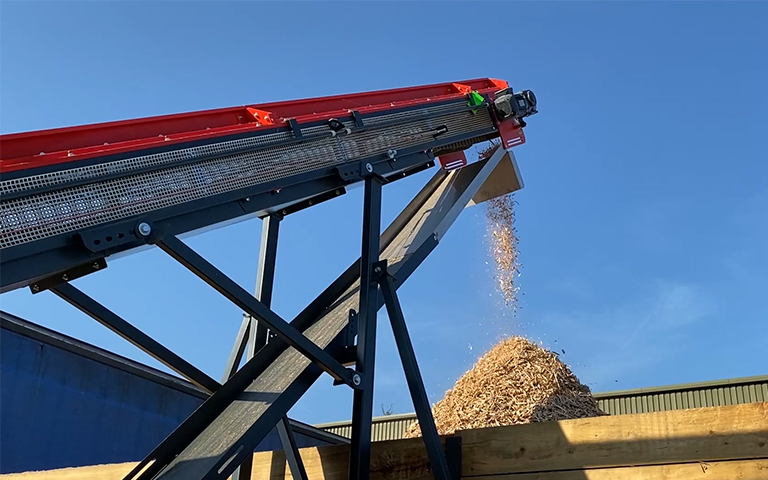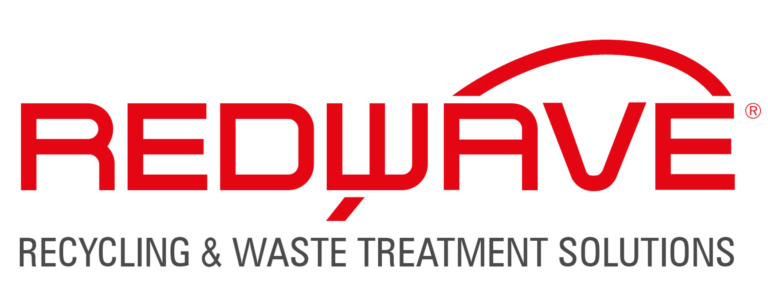Therefore, e-waste emerges as an alternative secondary source. While the gold mine has approximately 3-5 g / ton Au (Gold), this rate is 20-100 times higher in printed circuit boards. Since the precious metal content in printed circuit boards is richer than ores, it makes the recycling of PCB environmentally and economically important.
How Many Precious Metals are Found in E-Waste?
Precious metals (PMs) are widely applied in various fields due to the distinct physical and chemical properties, such as catalytic activity, good electrical conductivity, and corrosion resistance. The most significant fields are the electronics and catalysts industry, which consume over 90% of precious metals in the industry.
For instance, computers and televisions tend to be electronics with the most gold in them, but camcorders, media players, game consoles, and cell phones also contain gold. It is profitable to recycle gold from electronic devices because it makes your outdated electronics so valuable even after they’ve reached the end of their life cycle. It is seen below, which electronic wastes include gold, silver, platinum, and palladium.
Structure and Contents of PCBs
Waste PCBs consist of approximately 30% metal, 30% plastic, and 40% ceramic material. The components in the printed circuit boards (capacitor, resistance, etc.) contain many metals.
Printed circuit boards containing precious metals such as 18% copper (Cu), 0.04% gold (Au), 0.15% silver (Ag), and 0.009% palladium (Pd) by weight; Apart from metals, it contains epoxy resin, glass wool, fiber, copper, nickel, iron, aluminum. It also includes lead and tin used to solder precious metals such as gold and silver to the card.
Which kind of precious metals found in PCB?
- Gold (Au) – Printed Circuit Boards, Computer Chips (CPU), connectors/fingers, connector plating, pins, contacts, EPROM, ROM, RAM, IC, transistors, diodes, switches.
- Silver (Ag) – Printed Circuit Boards, Computer Chips, keyboard membranes, some capacitors, batteries, solders, switches, relays, USPs, stabilizers, contacts, RFID chips, PV cells
- Platinum (Pt) – Hard Drives, Circuit board components, HD, thermocouples, fuel cells, sensors, switching contacts.
- Palladium (Pd) – Hard Drives, Circuit board components (capacitors), multilayer capacitors, connectors, transistors, diodes, Ag-Cu-Pd solder.
Which kind of polymer found in PCB?
Printed circuit boards providing a connection between software and hardware are found in almost all electronic systems. It is a thin sheet made of epoxy resin and glass fiber coated with copper film layers and contains many electronic components in its structure such as resistance, relay, capacitor, transistor, heat sink, chip lines, and processors.
There are two types of PCBs (ie FR-4 and FR-2) normally used in computers and mobile phones. FR-4 type consists of multilayer epoxy resins and fiberglass coated with a copper layer. It is used on small devices such as mobile phones and is usually green or blue.
It is made of FR-2 type cellulosic paper layer and copper coated phenolic structure. It is used in televisions and household items and generally its resins are yellow or brown.
Both cannot be remelted and reformatted. It is thermoplastic like bromine-based resins used as a flame retardant. Resins are of low quality and high-cost organic polymers. Fiberglass fiber used as resin reinforcing fiber makes up about 50-70% of the printed circuit boards.
What is the aim of shredding e-waste?
As the Proses Makina team, we develop recycling methods on this road that we set off with the vision of zero waste and meet the demands of our customers in the international arena with our machines that suit with EU standards.
Shredding machines are used for physical enrichment. All kinds of materials can be feed directly without any pre-separation. It is easily used in the electronic waste recycling industry because it does not require pretreatment and is feeding directly. The machine has a close transferring system and replaceable screens. Shredding is made with 2 or 4 shaft shredders which are especially suitable for processing electronic waste. Their low speed allows the printed circuit boards to be carefully torn down with low emissions. The grain size obtained as a result of the shredding is approximately 25-30 mm. The material, which is broken down for physical enrichment and reduced to a size of 25-30 mm in order to recover the precious metals in it.




